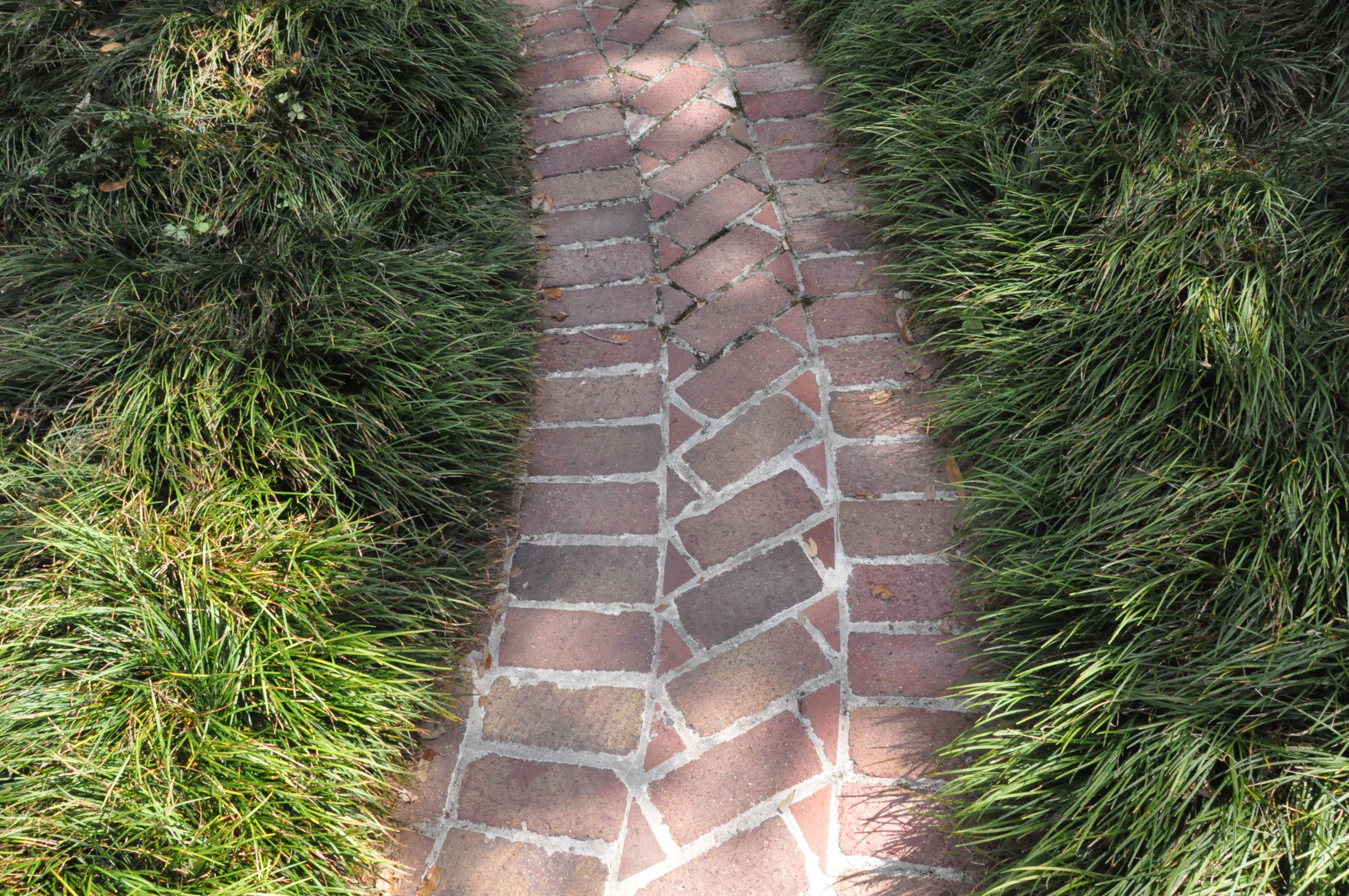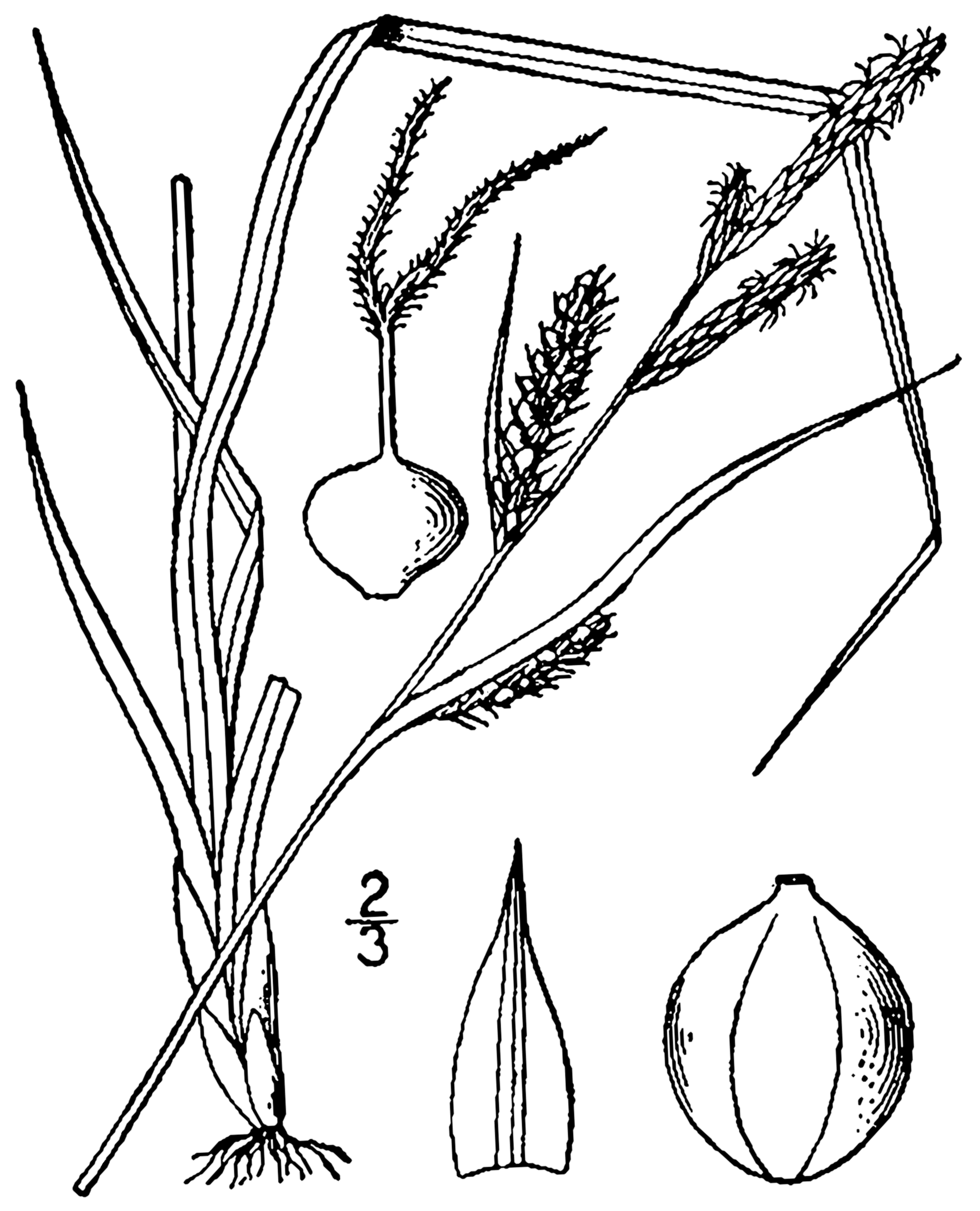As excited as I have been about the renovation of our front yard, I have to admit that I’m still a little leery of a yard without at least a few patches of green grass. When I shared my reservations with my husband, he assured me that eliminating turfgrass doesn’t mean eliminating the lawn; it just means changing my perceptions of what a lawn should be — what it should look like. In a sense, it is updating my personal definition of the word “lawn” to include a variety of types of plants beyond Kentucky bluegrass or zoysia.

(Interesting aside is that forms of the word lawn can be traced back to Middle English; meaning land or heath, not grass. That definition came much later. The former English teacher in me saw that as permission to let go of my doubts, enthusiastically embrace the changes and decide on my plant material.)

Whether you decide to totally eradicate your turfgrass at once, or gradually reduce the area allocated to turf, it is important to select plant material that will be best suited to the use, or abuse, it will receive. Even though most grass alternatives would not withstand daily marching band practice, many will do well under light foot travel.

The environmental conditions also play an essential role in the success or failure of a lawn replacement. Unlike most turfgrass, many of the grass alternatives grow more successfully in shade rather than in sun and will tolerate drought conditions.

With so many factors to consider and options available, it is sometimes difficult to know what is the best choice. Local experts, like those at Embassy Landscape Group here in Kansas City, can help you choose varieties that are the most appropriate for your lifestyle and will meet your expectations.

Although certainly not a complete list, the following eight grass alternatives are all excellent choices for those who want plants that somewhat mimic the appearance of turfgrass without as much routine maintenance. Planting these types of grass alternatives may help you become comfortable with a new look for your front lawn — one that is both beautiful to look at and beneficial for the environment.

GRASS ALTERNATIVES
Sedges – grass-like plants that have triangular shaped stems (Sedges have edges)
Carex albicans – (white-tinged sedge) tufts of narrow, bright green leaves growing to 12 inches; part shade to full shade; prefers medium moisture

Carex eburnea – (brittle leaf or ivory sedge) soft leaves grow in short clumps; part to full shade; will tolerate dry, sandy soils but prefers medium moisture

Carex haydenii – (Hayden’s sedge) narrow leaves in loose clumps; grows 12 to 18 inches tall; part shade to full, heavy shade and moist to wet conditions
Carex pensylavanica – (Pennsylvania sedge) short green leaves spread by rhizomes; tolerates drought; helps feed soil

Carex flacca – (Blue Zinger sedge) narrow, coarse, arching leaves; bluish-green on the top and blue-grey underneath; prefers part shade to full shade and moist soils, even standing water, but will tolerate some drought when established; tolerates only light foot traffic
Liriope – hardy, easy to grow grass-like plants
Liriope spicata – (creeping liriope) dark green ¼ in leaves grow to 15 inches; full sun to part shade in well-drained soil; benefits from an early spring mowing to remove old foliage; attractive flowers and berries

Liriope muscari – (lilyturf) glossy green leaves with lavender blooms in late summer and berries in winter; full sun to part shade; average moisture; spreads slowly; tolerates only light foot traffic

Clover – three leaved herbaceous perennial plants in the legume family
Trifolium repens – (white clover) deep green leaves with white blooms in late spring; full sun to part shade; average soil and moisture; acts as a nitrogen fixing plant; attracts bees

Join us next week as we complete our Rethinking Lawns series. We’ll take a look at a variety of great alternatives to turfgrass.


